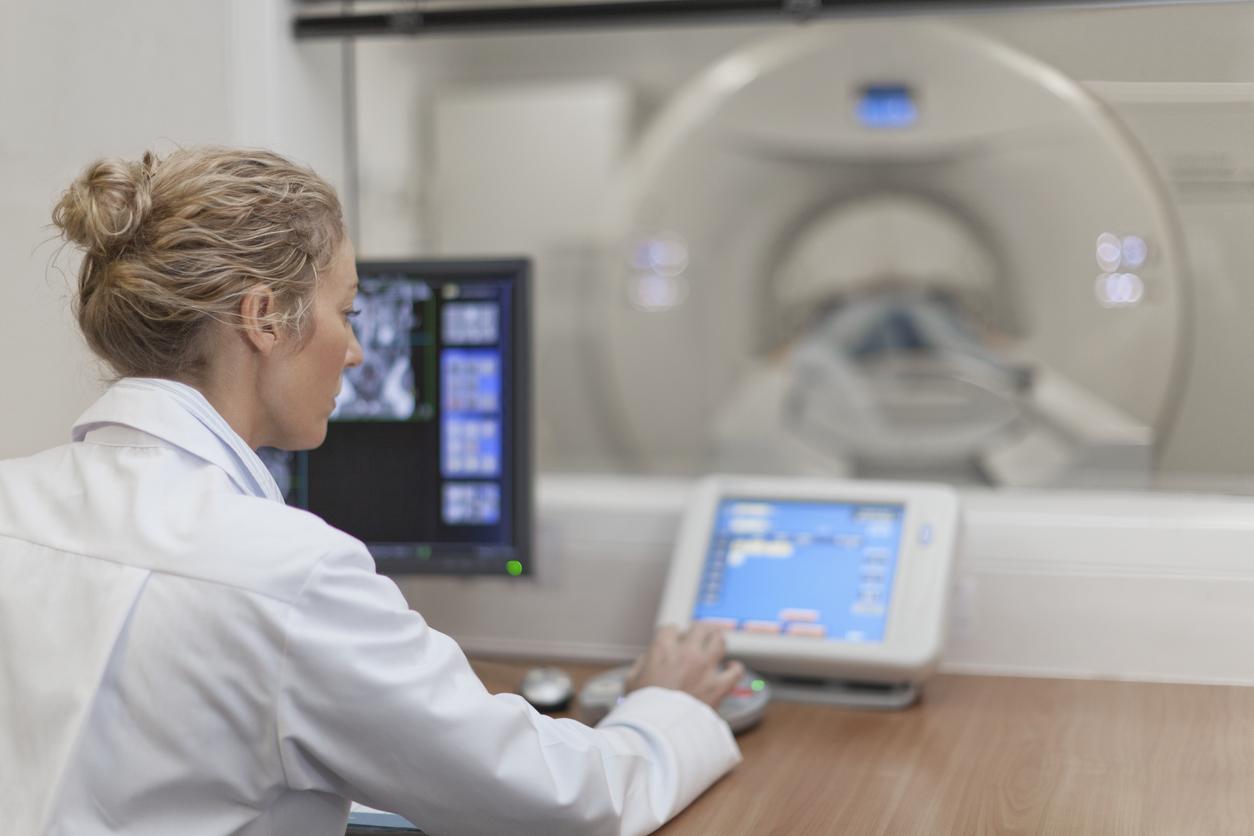Four criteria make it possible to identify patients at risk of suffering from atrial fibrillation. This heart rhythm disorder increases the risk of stroke.

- Atrial fibrillation is a heart rhythm disorder.
- It increases the risk of stroke fivefold.
- Researchers have determined four criteria to identify people at risk: age, blood pressure and two criteria linked to the functioning of the upper left chamber of the heart.
Atrial fibrillation is the most common heart rhythm disorder, according toNational Academy of Medicine. It corresponds to an acceleration of the heart which then beats at an irregular rhythm. Without treatment, this can cause heart failure or accelerate the onset of certain pathologies. “Atrial fibrillation causes blood clots to form in the atria of the heart.specifiesHealth Insurance. This increases the risk of stroke. According to researchers at the British University of East Anglia, atrial fibrillation can increase the risk of stroke fivefold. To reduce this figure, they worked on a tool capable of identifying people at risk of developing this heart rhythm disorder. The conclusions of their work appeared in European Journal of Preventive Cardiology.
How to identify risk factors for atrial fibrillation?
“It is very important to identify who is at high risk and more likely to develop atrial fibrillation, recalls Professor Vassilios Vassiliou, cardiologist and lead author of this study. Indeed, this requires specific treatment with anticoagulants to reduce the risk of strokes.” But to treat it, you must first identify it. The researcher and his team collected medical data from more than 300 English patients who suffered a stroke without an identified cause. “We determined how many of these patients had atrial fibrillation up to three years after their stroke, specifies Professor Vassiliou, and then carried out a thorough evaluation to identify whether there are specific parameters for identifying atrial fibrillation.” In particular, they used data generally collected after a stroke. Health professionals check the heart rhythm, carrying out prolonged monitoring of it with a small implantable device called a loop recorder and they do an ultrasound of the heart, or an echocardiogram.
Atrial fibrillation: a simple tool to diagnose people at risk
Four factors were identified by these specialists thanks to this work: advanced age, higher diastolic blood pressure and two criteria associated with the coordination and functioning of the upper left chamber of the heart. These different data were “systematically present in patients suffering from this arrhythmia”, adds the cardiologist. “We then developed a model that can be used to predict who will experience atrial fibrillation over the next three years and therefore be at increased risk of stroke in the future.” According to him, the tool is very easy to use and therefore accessible to all health professionals. “And this can potentially help doctors provide more targeted and effective treatment to these patients.”he raises.

















